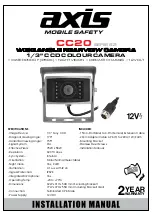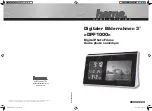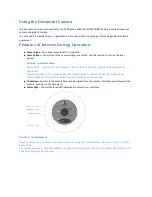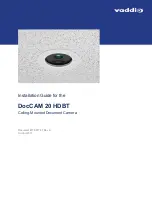
correct exposure. This is done by placing a white diffuser over the cell, and is designed to reduce the light just the
right amount. It also serves another important purpose, and this is to ensure that the meter includes all the light
falling on the subject over an angle of almost a full 180º.
The incident light method is particularly useful for reversal colour films, and for subjects with contrasting
backgrounds when it is impossible to make a close-up reading.
To take a reading, the method is simply to turn your back on the subject and point the meter in exactly the opposite
direction. If the main light -- say the sun -- is coming from the side, don't just partly turn round and point the meter
at this; turn round completely, and let the main light strike the meter at the same angle that it strikes the subject.
If the light on the subject is different from that on yourself at the camera position (say if the subject is in the shade,
and you are in the sun), you must then go up to the subject and take the reading, pointing the meter towards the
camera position.
AGAINST THE LIGHT subjects are extreme cases of non-average tone range. The main lighting becomes a very
bright highlight in the field of view, so if you point the meter straight at the subject it will indicate too short an
exposure and give you a silhouette effect in the final picture.
This is all right if you want a silhouette. But if you want correct exposure for the subject. you should either take a
close-up reading. or take a reading from the camera position and give four to eight times the exposure indicated.
Another way is to use the incident light diffuser on the meter, pointing it towards the subject from the camera
position, and then double the exposure indicated.
COLOUR FILMS have little exposure latitude, so particularly careful reading is advisable. The meter is used in the
same way as for black-and-white films, although the incident light method is often considered best for reversal films.
This is because exposure of these should be based on the highlights, and the diffuser itself constitutes a highlight,
with the meter in effect reading directly from it.
Because of the importance of the highlights, if you are using a meter without diffuser from the camera position for
an against the light shot, it is best to only double the reading, and not multiply it four to eight times as
recommended for black-and-white negative films.
THE EXPOSURE METER OF THE RETINETTE IIB
Left: The Retinette IIB has a photo-electric exposure meter built- In. On the top
is a setting knob with an inner disc for setting film speeds. Next to it, a meter
needle is visible in a window, together with a setting pointer operated by the
setting knob. The top of the front panel of the camera carries the honey-comb
window, behind which lies the photo electric cell.
Above: Set film speed (top left), point camera at subject (top centre), move
setting ring until setting pointer coincides with meter needle (top right), read
off light value (bottom left), and set shutter accordingly (bottom right).
Right: Reflected light readings (top) measure the light reflected from the
subject. Incident light readings (bottom) measure the light actually falling on
the subject. In this case the meter is pointed at the camera position from the
subject, and an incident light attachment placed over the cell.
The Use of Filters
The photographic black-and-white film, even when panchromatic, fails to
render colours in their true black-and-white tone values, so that the
photograph often gives quite a false impression of the real scene. The
following is the explanation of this discrepancy.





































